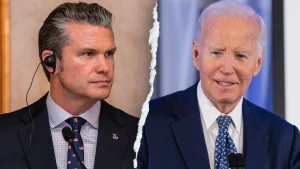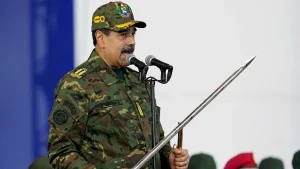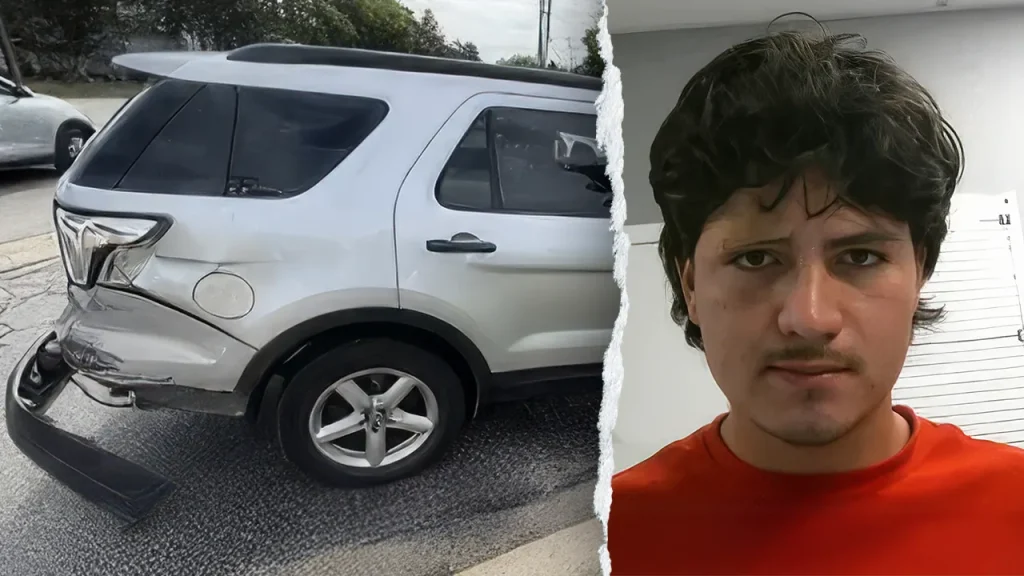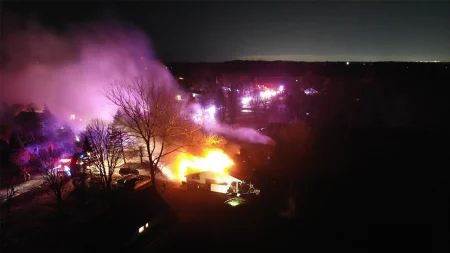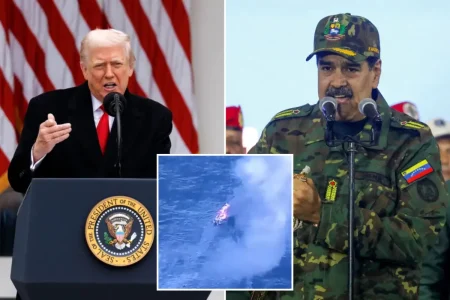Immigration Enforcement Faces Resistance: Tensions Rise in Chicago Area
In a troubling development highlighting growing tensions between immigration enforcement and immigrant communities, two undocumented immigrants were recently arrested in suburban Chicago for allegedly using their vehicles to attack Immigration and Customs Enforcement (ICE) officers. The Department of Homeland Security reports that these incidents, which occurred in Norridge and Bensenville, reflect a disturbing trend amid rising anti-ICE sentiment throughout the Chicago metropolitan area. The timing coincides with ongoing protests at an ICE facility in nearby Broadview, where demonstrators have been gathering to oppose immigration enforcement actions. These confrontations represent the human dimension of America’s deeply polarized immigration debate, where law enforcement obligations collide with humanitarian concerns and local sanctuary policies.
The first incident involved Miguel Escareno De Loera, identified as an undocumented immigrant from Mexico, who allegedly rammed his vehicle twice into an ICE vehicle in Norridge before jumping a curb and crashing into a stop sign. In the second case, Widman Osberto Lopez-Funes, described as an undocumented immigrant from Guatemala, allegedly struck ICE agents with his vehicle during an enforcement operation in Bensenville before fleeing into his residence, where he was later apprehended without further incident. DHS officials stated that both individuals entered the United States without formal inspection by immigration officials, though the specific circumstances of their arrivals remain unclear. Both men now face potential criminal charges for assaulting law enforcement officers and remain in custody pending removal proceedings, representing the serious legal consequences that can result from such confrontations.
The incidents have intensified the already heated rhetoric surrounding immigration enforcement in Illinois, where state and local policies often limit cooperation with federal immigration authorities. DHS Assistant Secretary Tricia McLaughlin pointedly criticized Illinois Governor J.B. Pritzker and Chicago Mayor Brandon Johnson, suggesting their “sanctuary policies” have contributed to a hostile environment for immigration officers. “This is exactly what happens when Governor Pritzker, Mayor Johnson, and other sanctuary politicians demonize ICE and encourage illegal aliens to resist law enforcement,” McLaughlin stated. She further noted that ICE officers are experiencing what she characterized as a “more than 1000% increase in assaults,” including vehicles being used as weapons against them, underscoring the dangerous conditions these federal officers sometimes face while performing their duties.
These confrontations emerge against the backdrop of Operation Midway Blitz, an ICE initiative launched earlier this month specifically targeting what the agency describes as “criminal illegal aliens who flocked to Chicago and Illinois” due to the state’s sanctuary policies. The operation represents the federal government’s assertion of immigration enforcement authority even in jurisdictions that have adopted policies limiting local cooperation with ICE. For communities caught in the middle, these enforcement actions create an atmosphere of fear and uncertainty. Families with mixed immigration status face the daily anxiety of potential separation, while local officials struggle to balance public safety concerns with their commitment to protecting vulnerable residents, regardless of immigration status.
The human cost of these escalating tensions extends beyond the individuals directly involved in these incidents. Immigrant communities—including those with legal status—often experience increased anxiety and decreased willingness to interact with any government authorities when immigration enforcement intensifies, potentially undermining community policing efforts and public health initiatives. Advocacy groups argue that aggressive immigration enforcement tactics can traumatize families and communities, particularly children who may witness raids or lose parents to detention and deportation. Meanwhile, law enforcement officers face increasing hostility and potential danger while carrying out their assigned duties, creating a cycle of mistrust that benefits neither side of the immigration debate.
As these incidents illustrate, America’s immigration system continues to generate profound conflicts between federal enforcement priorities and local community values. While DHS Secretary Kristi Noem has emphasized that “anyone who assaults law enforcement will be prosecuted to the fullest extent of the law,” immigrant advocates question whether current enforcement strategies serve broader public safety goals or humanitarian principles. The confrontations in suburban Chicago represent more than isolated incidents—they reflect fundamental disagreements about immigration policy, local autonomy, and the proper balance between enforcement and integration. As protests continue and tensions remain high, finding common ground that respects both the rule of law and human dignity remains elusive in a nation still deeply divided over immigration issues. These incidents in Illinois serve as a stark reminder of how policy debates in Washington translate into real-world confrontations in communities across America.
